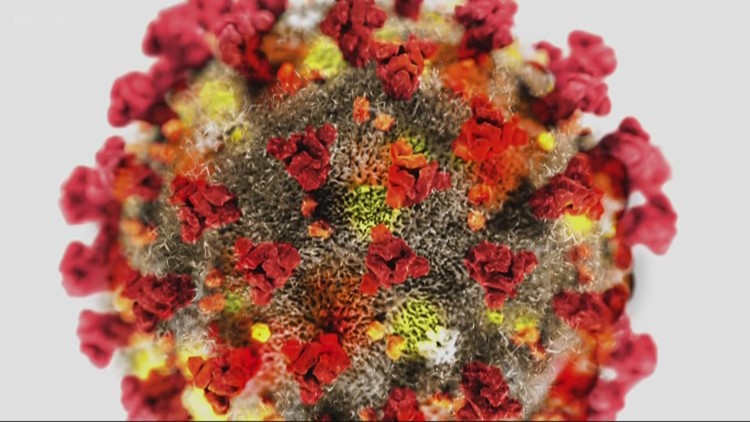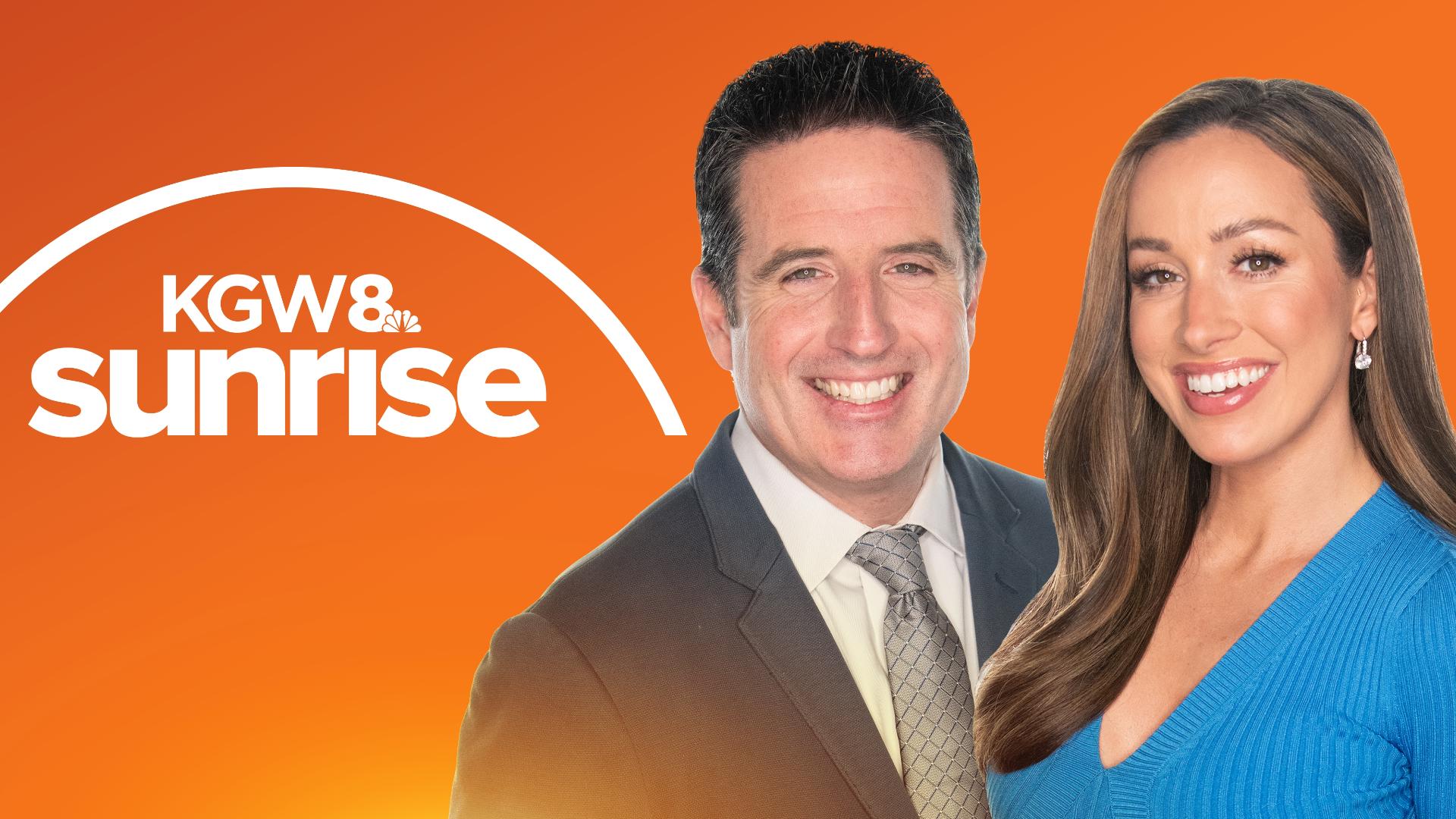PORTLAND, Ore. — As cities, counties and states nationwide grapple with re-opening their economies amid the ongoing COVID-19 pandemic, tens of thousands of Americans are reportedly heeding the call to beef up an otherwise under-the-radar workforce: contact tracing.
People living in Clackamas County, the latest to enter Phase 1 of Oregon’s re-opening plan, are no exception.
"We don't have an application mechanism out on our website because I've been over overwhelmed with applications. I probably get five or six a day in my inbox that I haven't solicited," said Clackamas County Public Health Director Julie Aalbers.
Aalbers, like her cohorts in other Oregon counties, has instead directed interested applicants to a form on the Oregon Health Authority’s website.
"It’s an onslaught. I haven't counted (the responses). They all go in a file folder," she said in an interview Tuesday.
Despite the widespread interest for a job that starts at roughly $24 an hour, Aalbers said, the applications don’t result in many new hires.
The job of cold-calling people who have recently tested positive for the virus, as well as those they’ve come into contact with over the last few weeks, is more complex than people think.
According to the county’s website, staff are "…looking for medical professionals who have foundational experience with epidemiology, as well as skills in interviewing and customer service."
It goes on to say there’s a particular need for applicants who are "…bilingual or have experience communicating with people in vulnerable populations."
Aalbers admitted the cross-section of specialties is rare.
"Let me know when you find them," she said laughing. "We're looking at least for a blend of skills."
Referring to the call for applicants who are bilingual, she added, "it's really important to have our community-based organizations. There's a lot of folks who are fearful of government (and) don't want to speak to public health. So that's the benefit of culturally appropriate, bilingual folks that can reach out to some of these contacts for us."
For those with a background in medicine and epidemiology, counties are turning to local medical and nursing schools, as well as looking internally.
In Multnomah County, Perry Cabot is coming to the job with years of experience.
He oversees the county’s Lead Poisoning Prevention Program, which was instrumental in responding to the 2015 discovery of toxic lead levels in the drinking water at Portland Public Schools.
"We also (set) up several extremely large blood lead testing clinics for the community at that time to provide, hopefully, a response that the community wanted as far as both information and access to testing for their children," Cabot said.
Tuesday morning, he sat through hours of training on how to work with interpreters when investigating newly reported cases of COVID-19.
"We actually have an important role to play in ensuring that our interpreters are … saying exactly what we're saying and not sort of giving summaries or distillations," he said. "There's a lot going on there in that three way dynamic."
THE NUMBERS
As part of her 3-phase plan to re-open Oregon, Gov. Kate Brown said each county much meet a list of criteria to enter phase one.
One item on that list: hire or have a plan to hire a minimum number of contact tracers, depending on population. Each one needs to have enough tracers available to fill 15 full-time positions per 100,000 residents.
Clackamas County’s number is 63. Washington County, which has applied for phase one, is 90. Multnomah County, which plans to submit its application on June 5, has the highest required total at 122, far above the health department’s available staffing levels.
The actual number of tracers each county needs to have working at any given time, including when they apply, is more flexible. The state has said each one needs to have enough tracers to able to investigate 95% of all new COVID-19 cases within 24 hours.
Aalbers said the math is "…incredibly fluid, and (there’s) a lot of estimating to try to figure out what's going to happen. We've taken over the whiteboards in this building and tried to predict out how many (employees different case-counts) will take. And of course each case is different, and so some are much more complicated or much more simple."
Tuesday, she said, Clackamas County had 24 employees working various shifts, or partial shifts, to do the work of roughly 17 full-time contact tracers currently needed.
If cases spike, they’ll activate their plan to fill the required 63 positions by tapping local organizations that work with communities of color and students from Walla Walla Nursing School’s Portland campus.
A rep for Multnomah County said via email Tuesday Cabot is one of 45 contact tracers currently on board. The rest are made up mostly of other health department employees and medical students from OHSU.
Their plan to hire the maximum 122, the crucial element needed to qualify for phase one, is still in the works.
A spokesperson for Multnomah County said staff may meet later this week to decide what to do. They, unlike other counties, are taking applications on their website.
They’ve also said the county’s lack of personal protective equipment, or PPE, is another barrier standing in the way of applying to enter phase one.
The county hopes to reopen on June 12.
HOW IT WORKS
Cabot said, when people do begin to venture out, it will be all the more crucial that they understand the process of contact tracing and just how crucial it can be in containing the virus.
"You have a team of what are called case investigators that are doing the initial follow-up to the identified COVID cases … these would be traditionally nurses or folks with epidemiological training or disease investigation training," he said, adding that call is made within 24 hours of when lab results come in, identifying a positive case. "Out of that interview comes a lot of data, a lot of information about symptoms, a lot of information about the movements of those individuals … both before they became ill and while they were ill, et cetera."
Cabot said tracers are interested in knowing whom, over the last few weeks, the infected person has been in close physical contact with for fifteen minutes or more.
"And then those contacts can get put into a special spreadsheet where contact tracers can call them," he said.
The interviews can be lengthy, which, Julie Aalbers said, can make people feel like they’re being grilled.
That’s not the case.
"Nobody's in trouble for having been exposed to COVID. We're not going to report you to the principal or anyone else," she said. "We're just trying to help reduce the spread."
It is important, she said, that people are honest about where they’ve been and whom they’ve seen.
It’s also important, in the age of robocalls, that people answer their phones.
"From the point of testing forward, make sure that your testing provider and your team testing lab have the correct name and phone number and birthday for you because you run into bad phone numbers directly from the results and can't get ahold of folks," she said.
Cabot added he hopes, as restrictions ease, people remember just how easily cases can spike again and how unpredictable this virus can be.
"I have had calls with people who never even really knew they had the disease, and I've had cases that I was not able to contact because they're on a ventilator," he said. "And you know, these are not necessarily just elderly and infirm individuals … I've had people less than 50 years old with no underlying health issues that spent time on the ventilator. So, it is an odd virus and can be very bad for some people."



